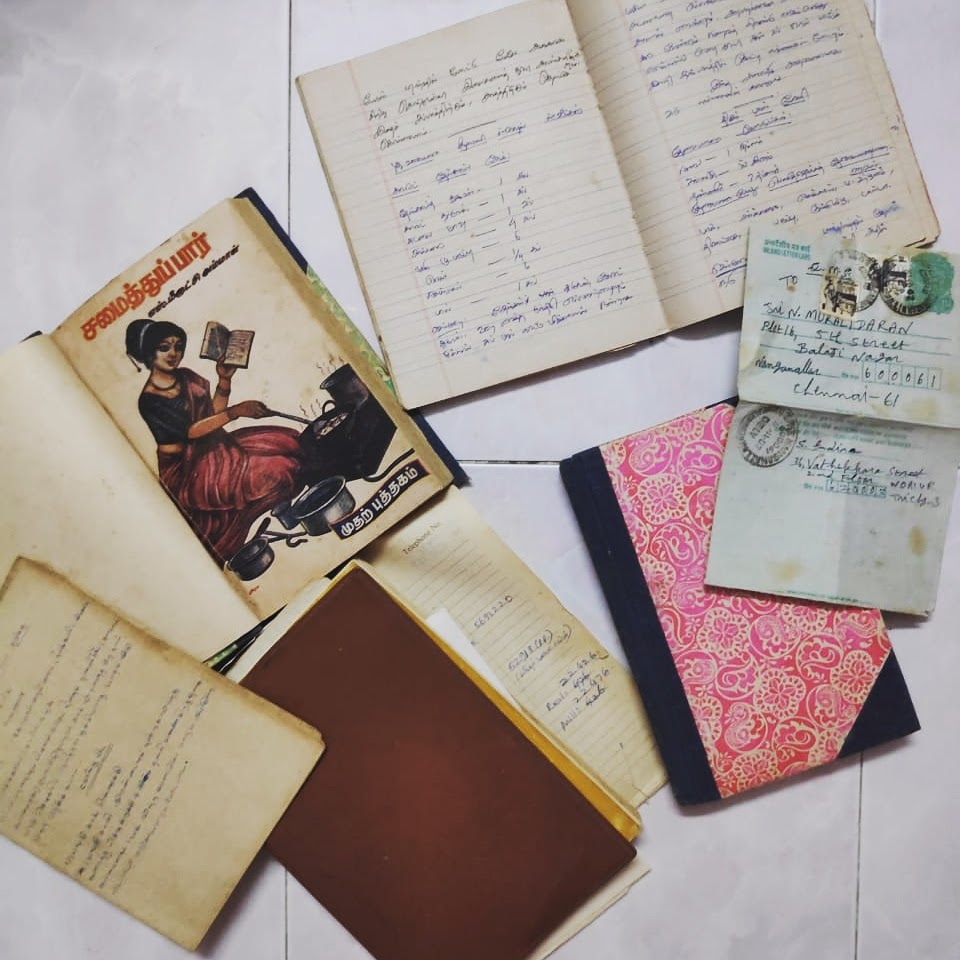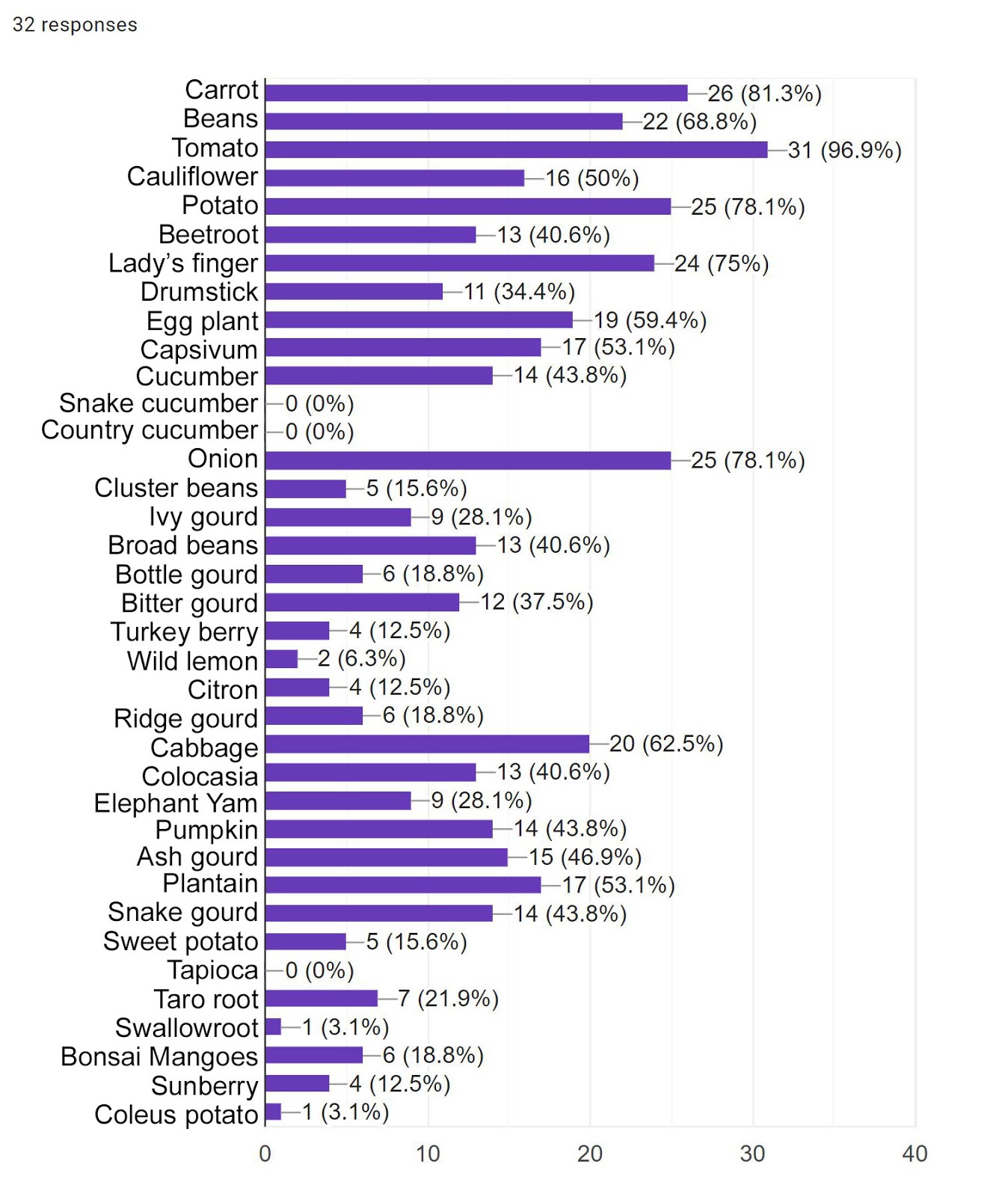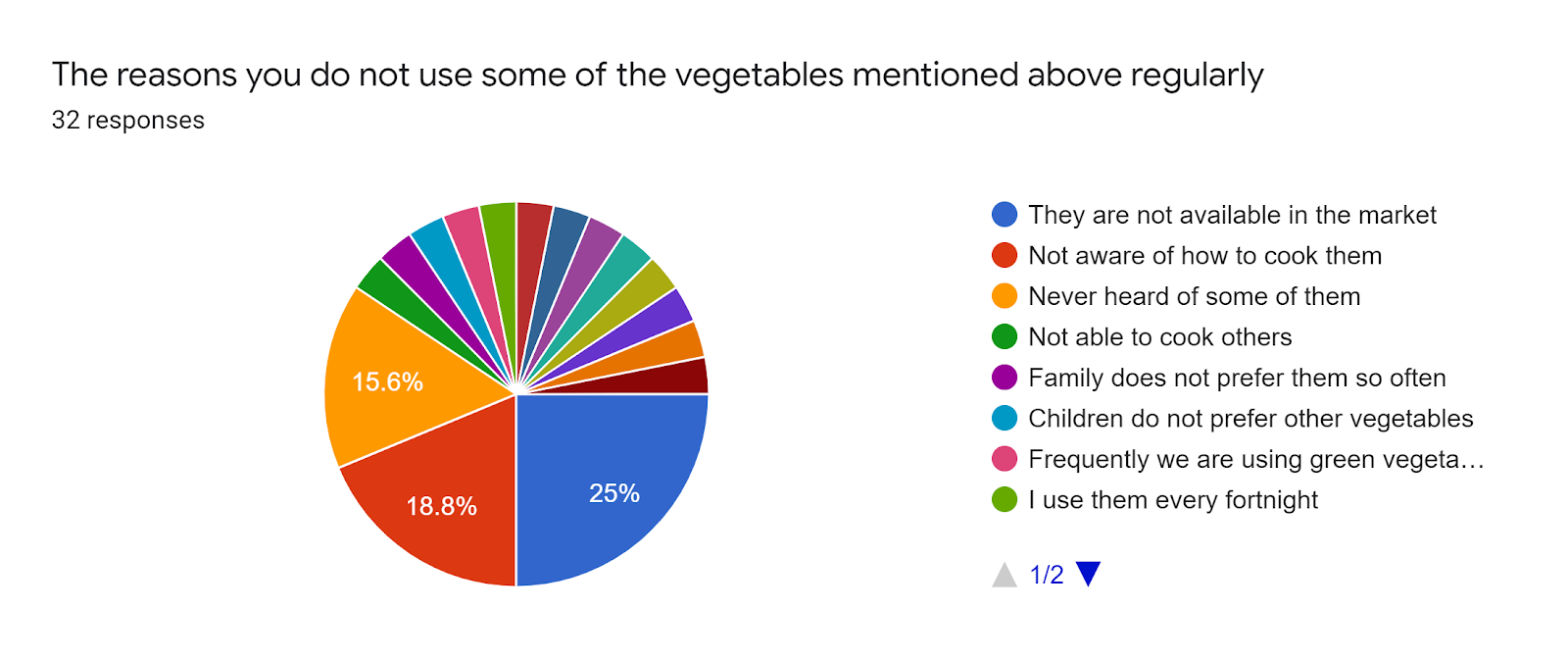“India’s pickle culture goes back thousands of years to when cucumbers and other vegetables were simply preserved in salt. Modern Indian pickles are more complex and probably more delicious, too — hot and tangy, deeply perfumed with aromatics and ground spices.”
— Tejal Rao for The New York Times
It all started when someone in the studio passed on the article “India’s ‘Pickle Queen’ Preserves Everything, Including the Past” from The New York Times, asked me to take a look into the book ‘Usha’s pickle digest’ by Usha Prabakaran that was mentioned in the article, and do some research into pickles. The article by Tejal Rao reveals the decades-long journey that Ms. Usha Prabakaran took to write the incredible book.
“The reason for writing the book was to ensure that the vast culinary heritage of this land stays on the map,” said Ms. Usha Prabakaran.
After reading the article I was really curious to check out a few cookbooks from my mom’s kitchen closet. After surfing through a few, I found a very interesting cookbook that belonged to my grandmother: ‘Samaithu Paar’ written by S.Meenakshi Ammal. The book was first published in 1951, about 60 years ago. It belonged to a time when recipes were passed on from one generation to another through practice. There weren’t many cookbooks then that documented recipes. It was pretty common in India for the bride to leave her house and move into her husband’s house. She brought with her the recipes that belonged to her family. At her new home she would get the opportunity to experiment and put it together with the new recipes and methods that her new household members would teach her. Thus, unique recipes were born that belonged to only one family. One bite could tell you who cooked the food that day.

The book ‘Samaithu Paar’ is a very important document not just for safeguarding the recipes, but also to understand the culinary scene of Tamil Nadu during the 1950s. Cookbooks don’t just give out recipes to people, but also serve as a repository for the future generations to take a peek into what their ancestors ate.
As I read through the old book, it triggered childhood memories of drying veggies on the terrace with my grandmother. Today we don’t dehydrate vegetables or pickle them as my grandmother did. There were a number of vegetables mentioned in the book which I had never heard of. My mom knew all of them, but didn’t know why we never cook with them anymore.
I decided to check if the other families in my area were aware of the vegetables, and if they also didn’t cooked with them anymore. So I sent out a list of vegetables from the cookbook to all the houses in my neighborhood and asked them to choose the vegetables that they used more than twice in a week. I also asked them to give a reason why they did not use some of the vegetables mentioned in the list regularly. The results showed that the most used vegetables were not the traditional ones, mentioned repeatedly in the cookbook. Some of the neighbors had not even heard of the native vegetables before the survey.

The survey covered only a very small group of the population and cannot be used to theorize the results into insights or reasons. The only definite reading of the results is that the way we eat today is very different to how we ate 50 years ago. This is due to many complex factors, from changed farming practices to kitchen practices or even changed lifestyle choices.
The kitchen has changed, the cooking techniques have changed and the time spent preparing a meal has changed. The transfer of recipes between different households or different generations has reduced. A woman’s role in society has also changed a lot. Women are no longer tied to spending their time in the kitchen. In the words of my colleague, “The fact that women had the freedom to leave the kitchen is a great achievement in many respects”. Eventually, YouTube channels and recipe blogs have replaced mothers’ and mothers-in-laws’ recipe banks.
Change is inevitable. Humans have changed over so many years of growth and advancement along with their eating habits. In the process of changing, recipes and ingredients have reached new places and taken new twists. But at this point, we have to stop and question if the rapid changes and the globalization in the 21st century have made us skip a step. Recipes and ingredients are a reflection of a culture and local identity. But when globalization threatens the loss of local identity and its uniqueness, how do we hold on to it in these changed times?

Interestingly from the survey, most of the answers to the question on why they did not cook with some of the vegetables mentioned that the vegetables were not available in the market or that they were not aware of how to cook with them. None of them talked about having less time to cook or the difficulty of the process. In the past, we have let go of a number of traditions or even traditional recipes because they did not make sense anymore in these changing times. But in this case, my question is, were these vegetables or cooking techniques eliminated naturally by a change in society or were they influenced by external factors like the markets and social media? I do not have the answers right now.
To find answers to these questions I decided we needed to proceed with the research. If not, these cookbooks would just become repositories of forgotten foods from the past for the future generations. I believe in the survival of the fittest. The recipes and ingredients that we use today are here because they have survived the changes of the past. But in a time where the population is heavily influenced by social media and market changes, the old techniques and ingredients should be given a chance to fight for themselves.
I have started a campaign based on the cookbook “Samaithu paar”. I’m cooking 100 recipes from the book in 100 days. Cooking them and documenting the process would help me understand the challenges faced if we brought back these ingredients and techniques and introduced them to today’s lifestyle. Through this processes we can learn what kinds of challenges people will face when incorporating these recipes and techniques into their day to day life. This could help us understand why these techniques and ingredients were forgotten, and help us anticipate the future. Otherwise, I am afraid we might soon be adding a lot more to the list of forgotten vegetables and recipes without knowing why.
Written by Akash Muralidharan
Follow his 100 Days Recipe Challenge here: https://www.instagram.com/akash_muralidaran/